7-days Sailing – Dubrovnik – Dubrovnik R2 Route 2
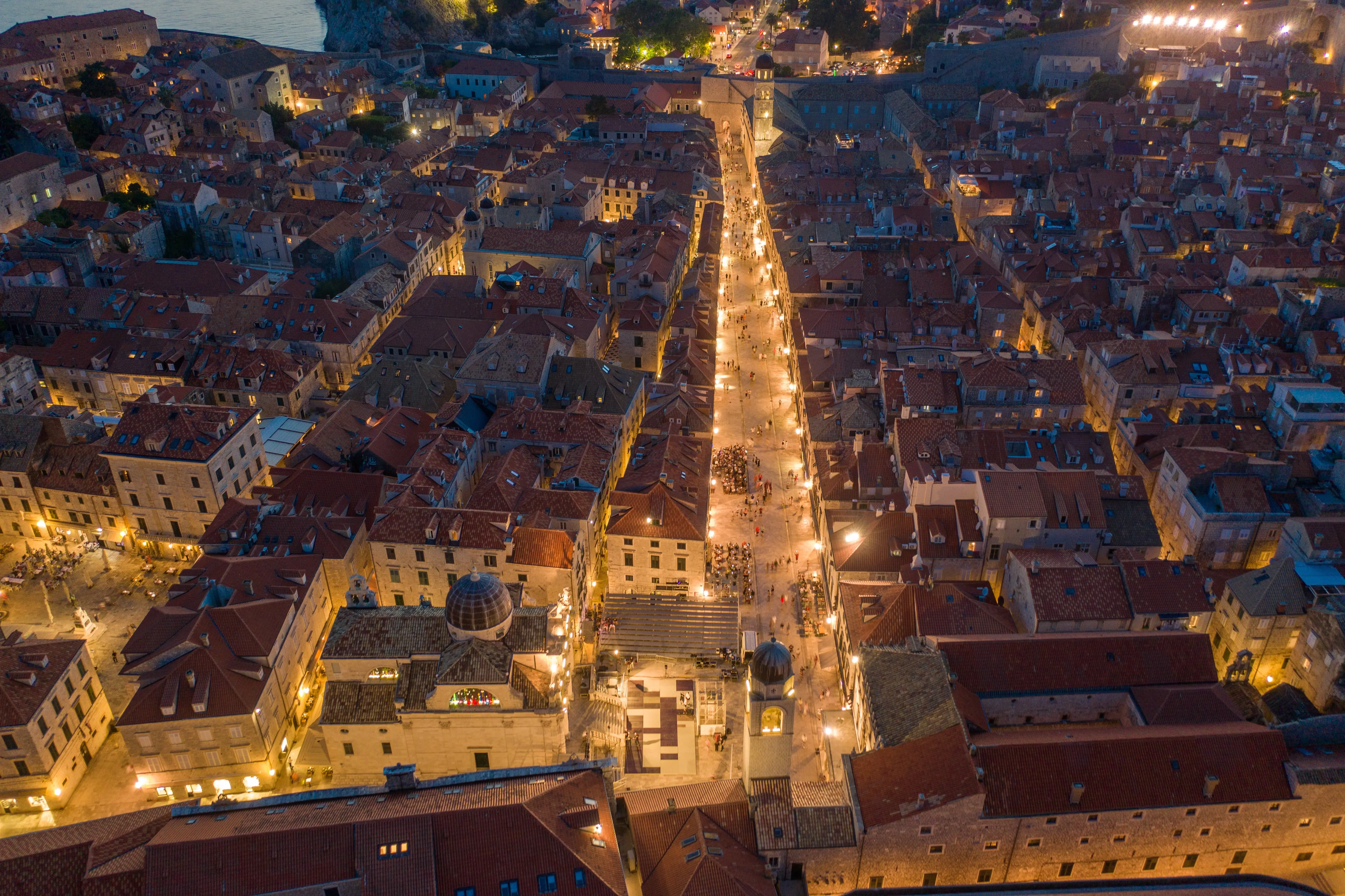
Day 1: Dubrovnik - Slano
Slano is a small town not far from Dubrovnik, situated in a cove known as a seamen's shelter from ancient times. Its surrounding area has several archaeological sites dating back to the Classical Age, as well as churches and monasteries from 14th century onward. The cove of Slano is a spacious one, 2000m indented and 1300m wide, with depth at its entrance at 43m. It is well protected from all winds, except the bura.
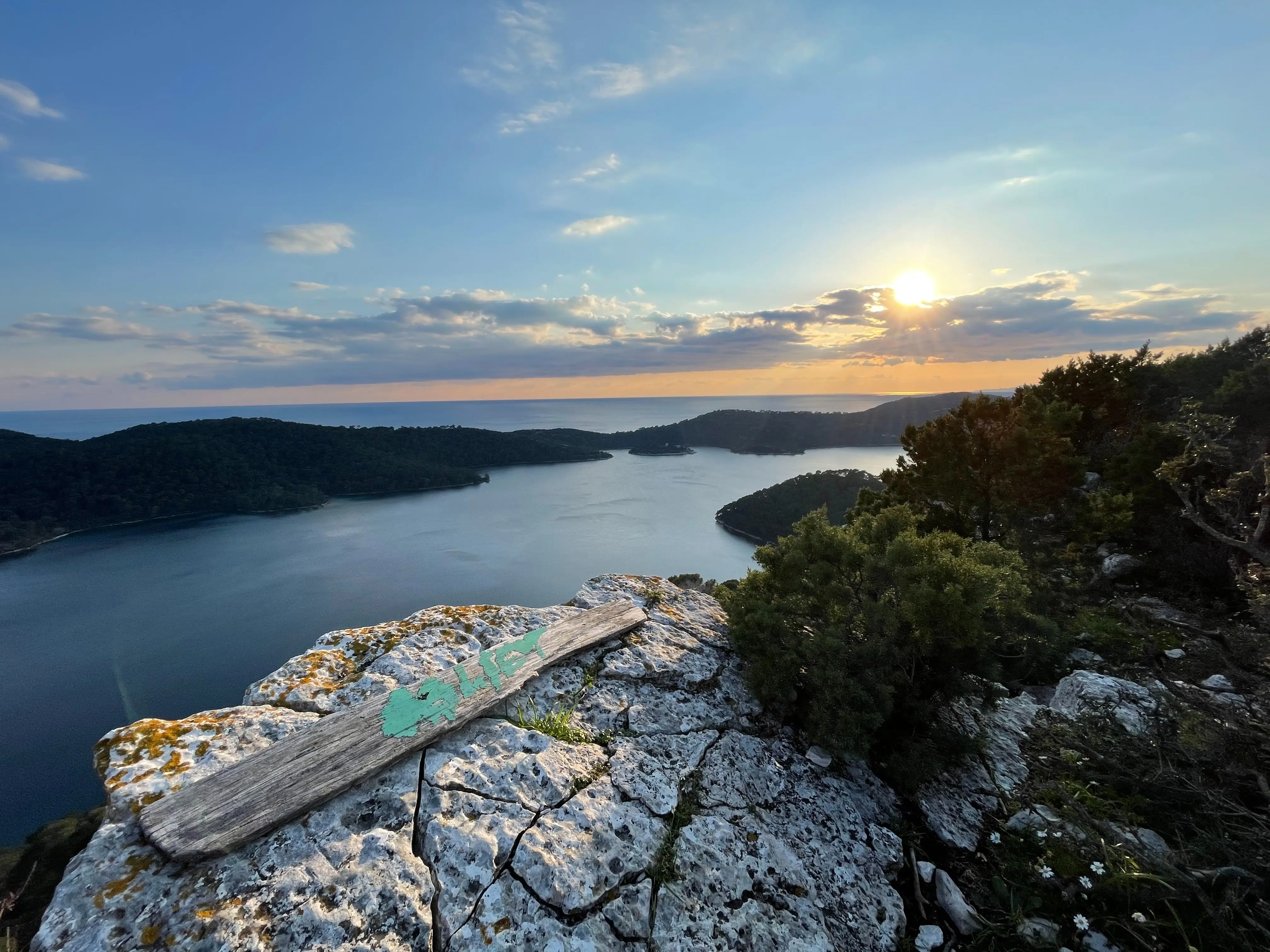
Day 2: Slano - Saplunara (Mljet)
Saplunara is a beautiful sandy cove situated on the southeastern coast of Mljet, offering private accommodations and serene sandy beaches around the cove. It is at some places very shallow, only allowing for berths up to 2m deep. It is well protected from all winds except southwestern ones.
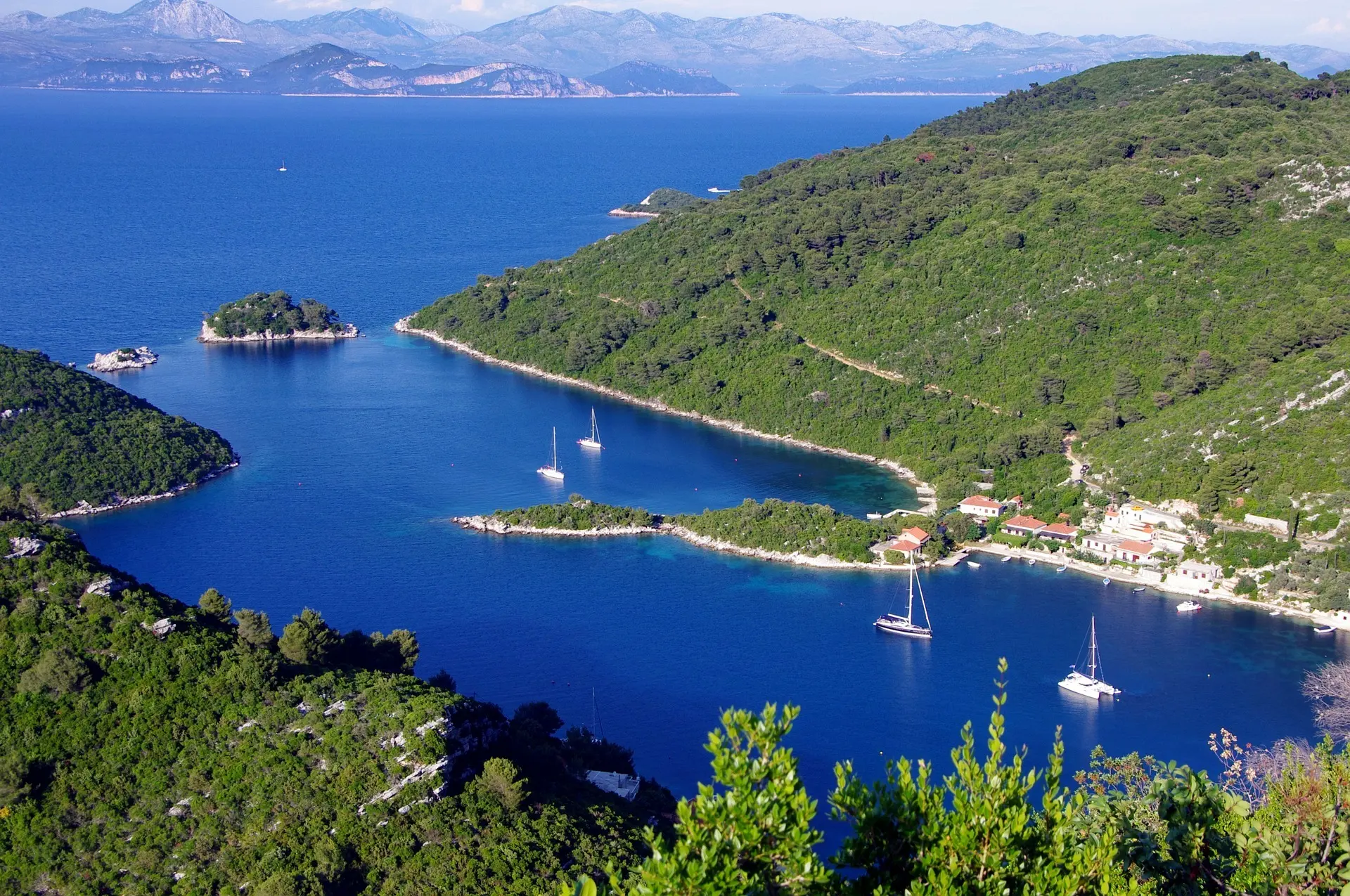
Day 3: Saplunara - Pomena (Mljet)
Pomena is a small port village settled in the heart of the National park of Mljet. Being very close to Dubrovnik, and connected to it by regular boat line, Pomena is a unique tourist destination in its being a part of pristine natural and historic environment; while at the same time retaining the advantages of the proximity to a large city center such as Dubrovnik. Various accommodation and recreation possibilities are offered in Pomena, and the island of Mljet itself being a National park, it is not to be overlooked when travelling through the Adriatic.
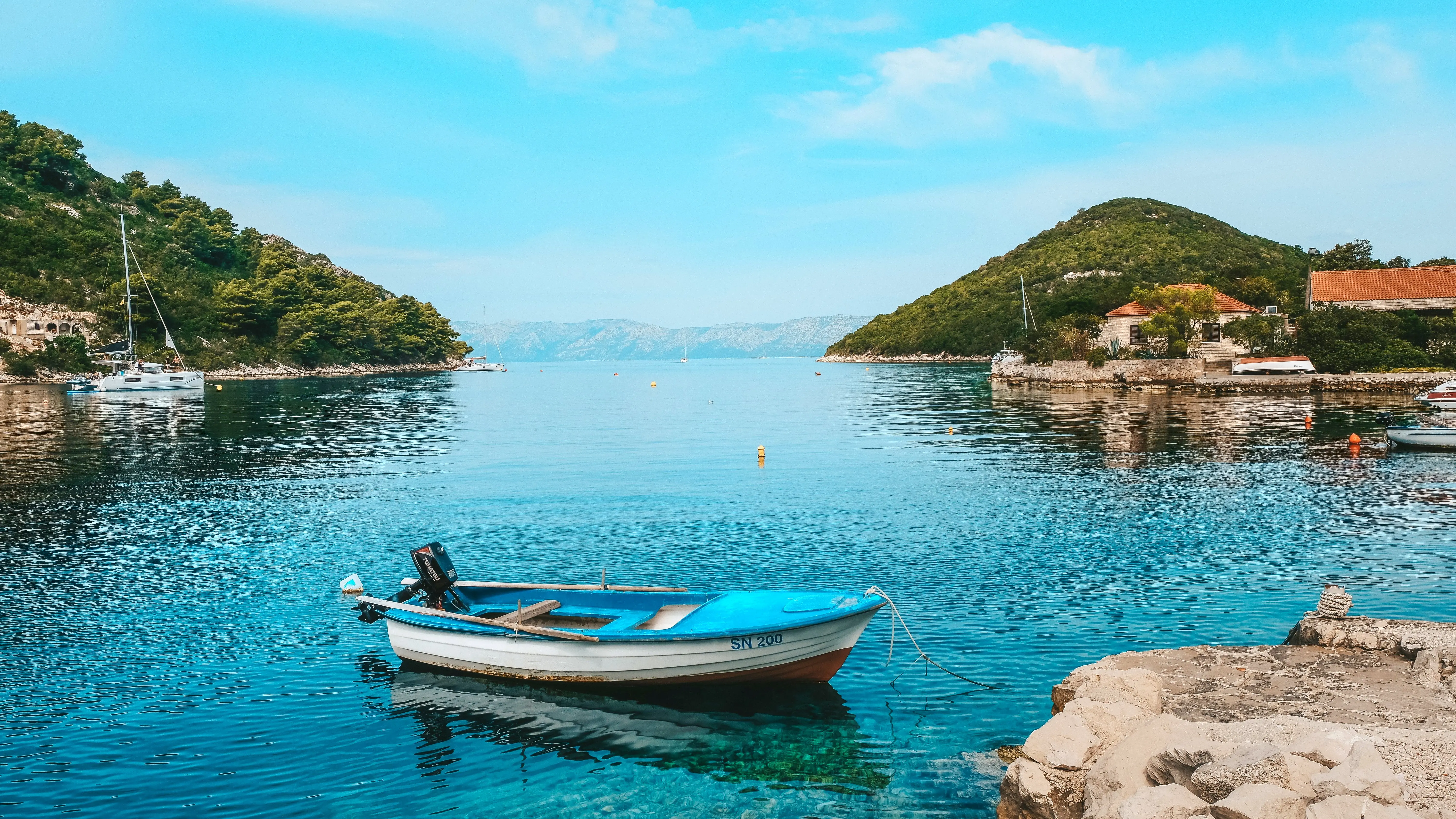
Day 4: Pomena - Zaklopatica (Lastovo)
Zaklopatica is a cove on the north side of Lastovo, only 2km away from the town Lastovo. It is possible to berth smaller boats at its modest riva, or in the middle of the cove up to 15m deep. Almost closed up by the isle in front of it sharing its name, the entrances to the cove are 1m-7m deep. Zaklopatica is a perfect starting point for the exploration of Lastovo's beautiful natural environment, whether via land, sailing, or diving.
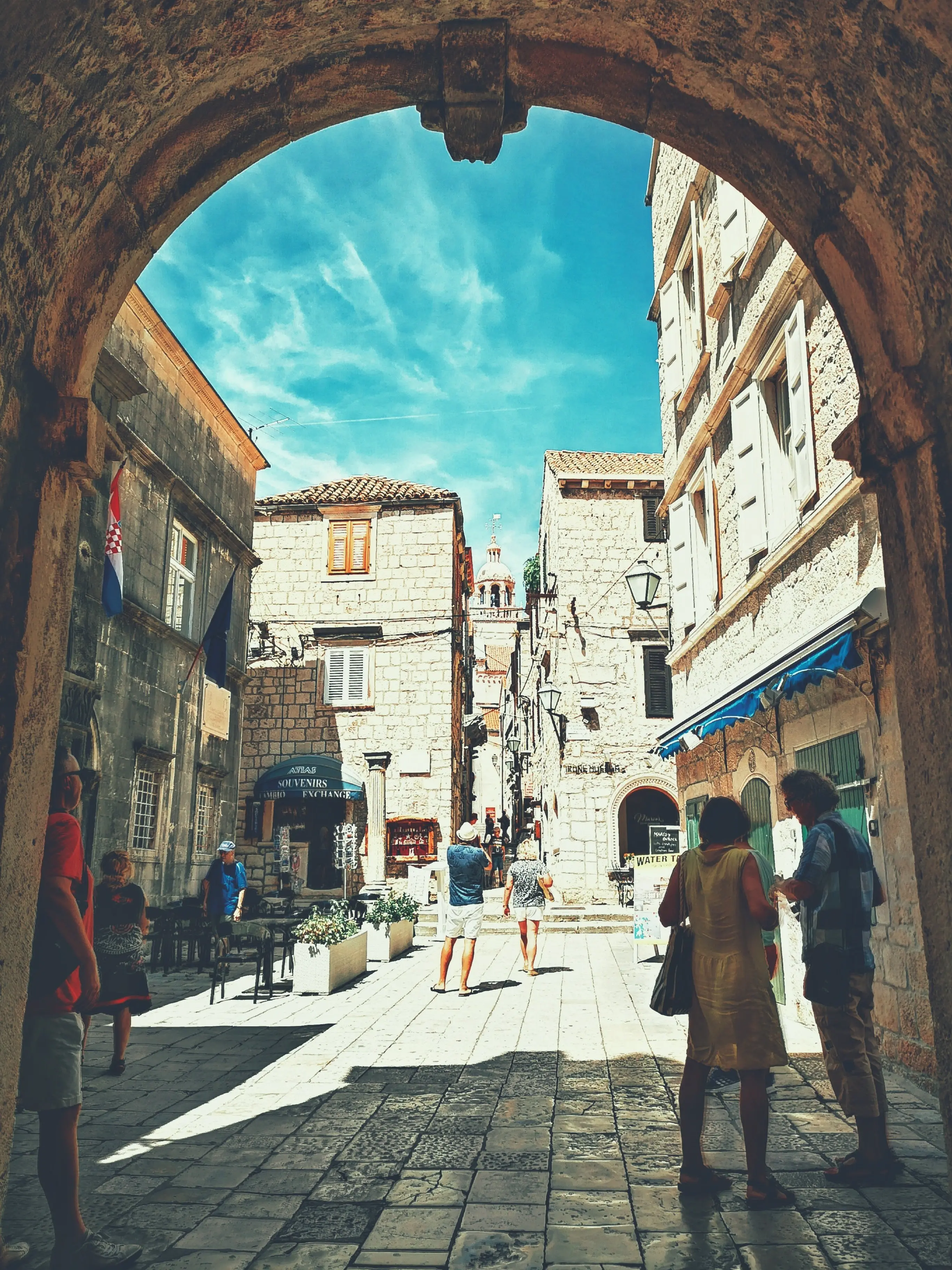
Day 5: Zaklopatica - Korčula (Korčula)
The island of Korčula is the jewel of the Adriatic archipelago. The island is indented with a series of isles and inlets, and a special mark is bestowed on it by its lush vegetation. Around it, you can enjoy swimming on many beaches, as well as diving in an underwater world of exciting flora and fauna. The city of Korčula is a historic and tourist center of its island. It is one of the best preserved medieval cities in the Mediterranean. Moreška, danced within Korčula, is one of three chivalric dances that you can witness only on this beautiful island. The town of Korčula is also considered the birthplace of the world's greatest traveller, Marco Polo, whose house of birth is located in the center of the old town. ACI Marina Korčula is situated in a small inlet east of town. Its northern side is protected with a breakwater.
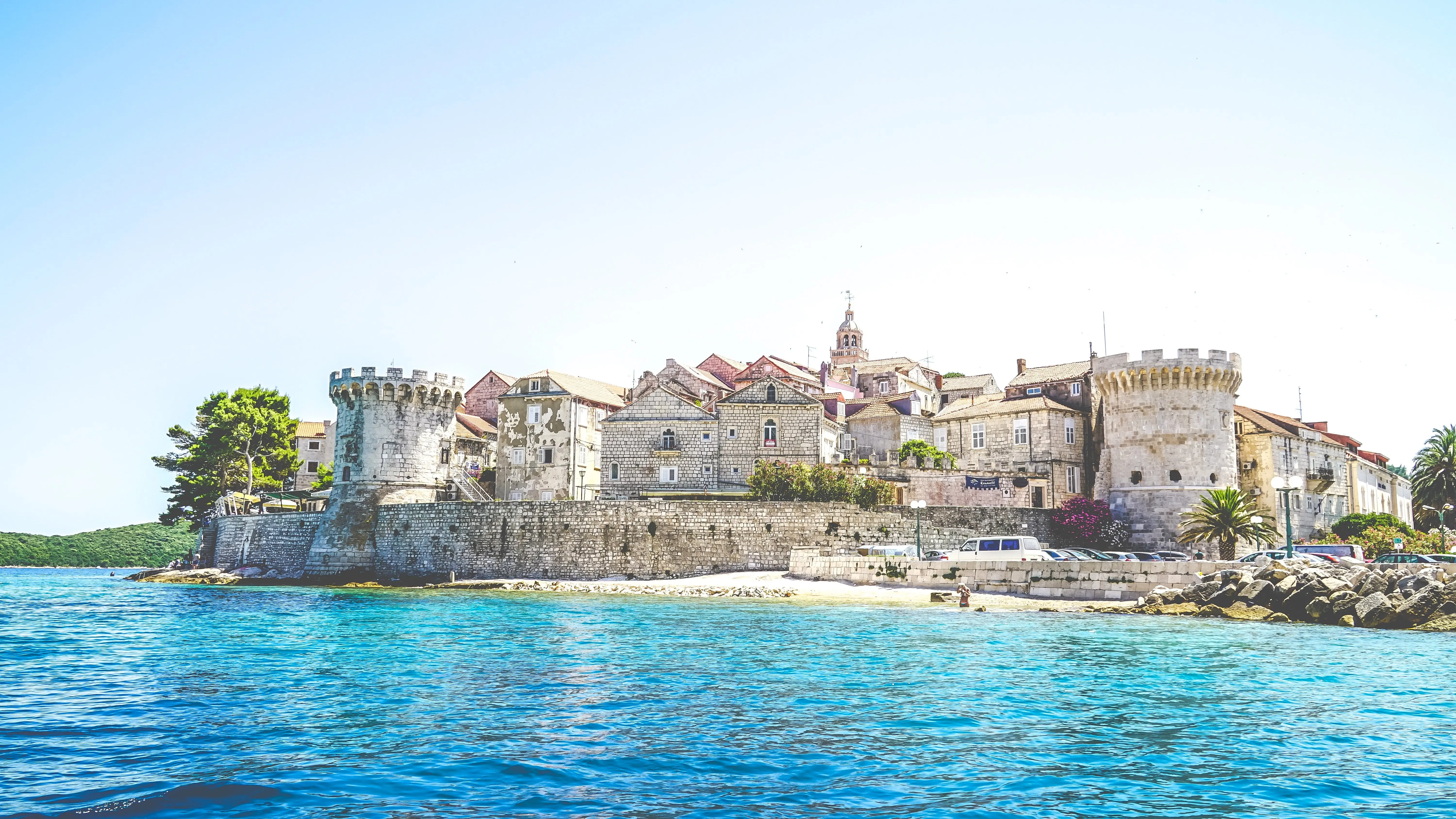
Day 6: Korčula - Okuklje (Mljet)
Okuklje is the best-protected cove on the island of Mljet, shielded from all the winds. It allows for berths at several locations within it, from 2m - 4m deep. Be mindful of the reef in the southwestern part of the cove, which is marked with an iron pole.
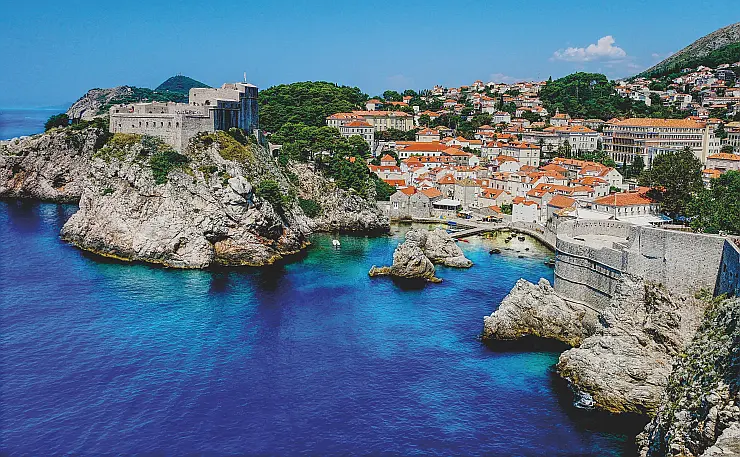
Day 7: Okuklje - Dubrovnik
The city of Dubrovnik, once the center of the Dubrovnik Republic which, for a time, competed on equal ground with Venice in the north, is today one of the most important tourist and historic centers on the Adriatic, as well as the Mediterranean. By far the best way to experience the vast cultural and historical heritage of Dubrovnik, is to traverse its streets on foot. A stroll over the famous Stradun, and the 25m high, 2km long City walls, will take you past numerous palaces, churches, and various places whose lesser significance all adds up to the vast glory of Dubrovnik. Its name is somewhat of a synonym for Croatia in the far corners of the world, and the more you learn of Dubrovnik, the less surprised you will be to know that its population increases tenfold during the peak of the tourist season.

